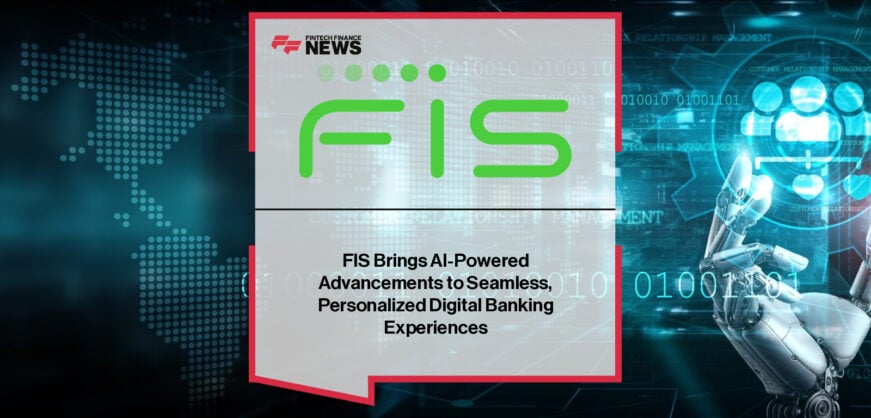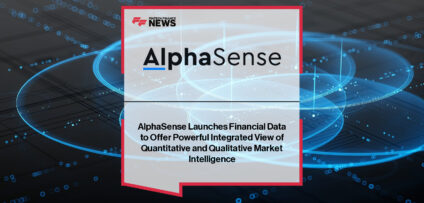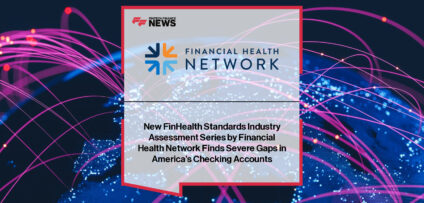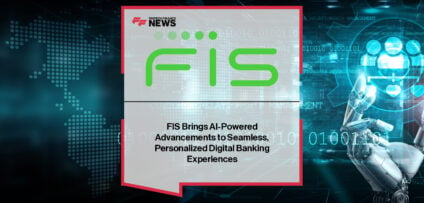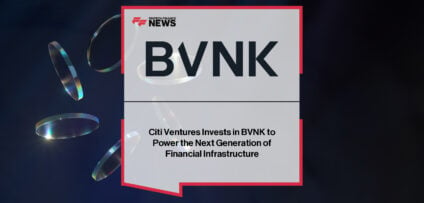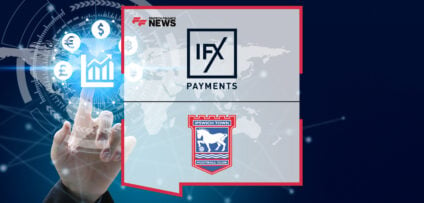Breaking News
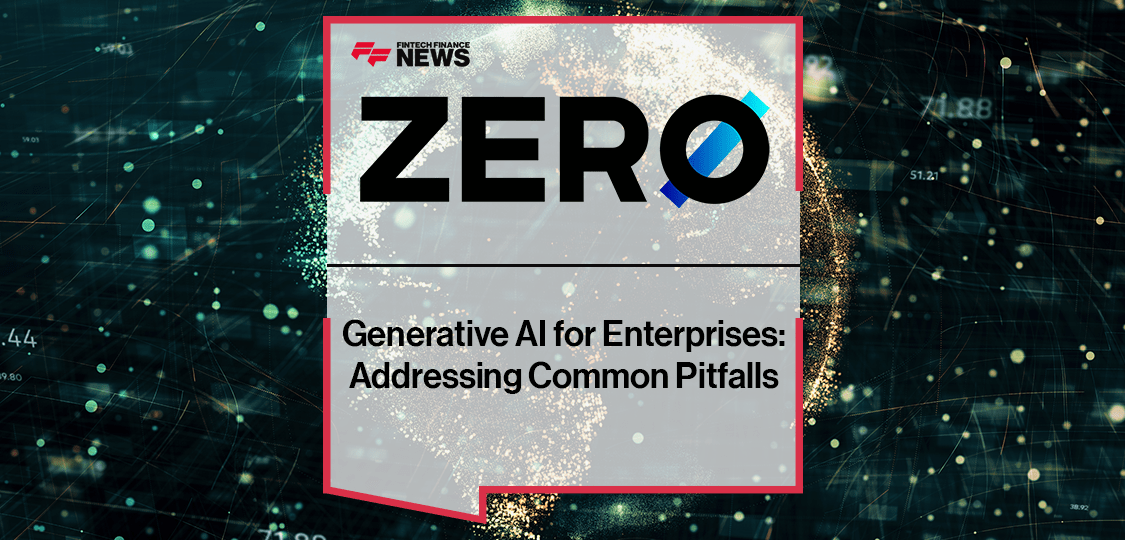
Generative AI for Enterprises: Addressing Common Pitfalls
By Alex Babin, Co-Founder and CEO of ZERO Systems
When it comes to generative AI, or simply AI in general, it’s now a common belief that if your business isn’t utilizing it, you’ll lose out. Generative AI is causing a seismic shift in the enterprise world, and Large Language Models (LLMs) such as ChatGPT are the root cause of this epic transformation.
As a result, companies are either building their own generative-native apps from scratch or embedding generative capabilities into existing software applications. These apps use a mix of general-purpose models like GPT4, along with internal and external enterprise tools. As models become a commodity and a power supply for all AI applications, companies must find ways to bridge the gap between their internal data and AI technologies.
While the value that generative AI offers is clear, there are still many red flags acting as barriers to adoption for many enterprises.
How can we protect our data?
One of the biggest challenges when it comes to implementing generative AI is ensuring data security. Sensitive client information must be safeguarded, and companies operating in highly regulated industries such as finance and legal, must comply with data security policies while still making data available to models.
One way to mitigate this risk is to bring models within the organization’s security perimeter. Alternatively, companies can use depersonalized data with external models and only use external models for specific use cases when internal models are insufficient. These smaller models that are trained for specific tasks and fine-tuned to the organization’s data are superior when compared to LLMs’ versatility.
Enterprises need a solution that operates within a company’s security perimeter. This means that it prepares internal data for use with external models and supports internal LLMs for specific tasks. It must have the functionality to perform a wide range of vital tasks, including systematic data labeling, depersonalization, enrichment, and interconnectivity. It should serve as an abstraction layer between corporate data, internal corporate systems of records, internal and external models, and orchestrating it all in an efficient and secure flow.
Sounds great so, what next?
What about access to unauthorized internal information?
Unauthorized internal information access is another significant challenge. Organizations have multiple layers of security set up to protect their most sensitive data, and ethical walls are in place for each internal system.
Enterprises need a tool that inherits the access control layers set up by the enterprise for its users inside these systems, to ensure that data is not exposed to external models and that internal users have access to the authorized output.
Similarly, it needs to ensure that unauthorized users don’t have access to internal information.
How reliable are the outputs?
The reliability of output is another significant challenge for many enterprises when it comes to adopting generative AI. Models such as ChatGPT can hallucinate and often invent complete fabrications, presenting significant reliability issues for enterprises. This makes using internal data as the source of truth essential.
Enterprises need a model that implements fact-checking on indexed internal data to ensure that essential facts and true values are not mere hallucinations.
But our data is unstructured and not ready to feed an AI model
Processing unstructured data is a huge challenge for many companies due to the sheer cost of computing to structure it. Systematic labeling of unstructured data at the point of ingestion is required to counteract this, reducing computing costs and unlocking the sea of metadata.
Companies can control computing costs while simultaneously extracting value from their unstructured data by leveraging the processing power of existing infrastructure to unlock metadata.
These are the most challenging hurdles that enterprises face when looking to adopt and gain real value from generative AI.
What does the future hold?
As generative AI continues to evolve, more platforms will emerge, enabling companies to build apps that seamlessly integrate multiple models, internal and external tools, and knowledge sources. These platforms will optimize prompting and chaining, ensuring secure implementation of generated content while offering valuable insights, cognitive automation, and support.
Enterprises must stay attuned to generative AI and adapt to changing times in order to remain competitive, especially Fortune 500 companies and those in the regulated industries space.
By leveraging external models and supporting internal LLMs for specific tasks, companies can ensure secure access to their data while optimizing the potential of generative AI.
The possibilities truly are endless.
People In This Post
Companies In This Post
- EXCLUSIVE: “Passion Project” – Brice van de Walle, Mastercard in ‘The Fintech Magazine’ Read more
- FreedomPay Drives Global Merchant Innovation Read more
- FIS Brings AI-Powered Advancements to Seamless, Personalized Digital Banking Experiences Read more
- Citi Ventures Invests in BVNK to Power the Next Generation of Financial Infrastructure Read more
- Nearly Two-Thirds of Global Retailers Say Payment Method Flexibility Drives Revenue Growth, ACI Worldwide Survey Finds Read more






